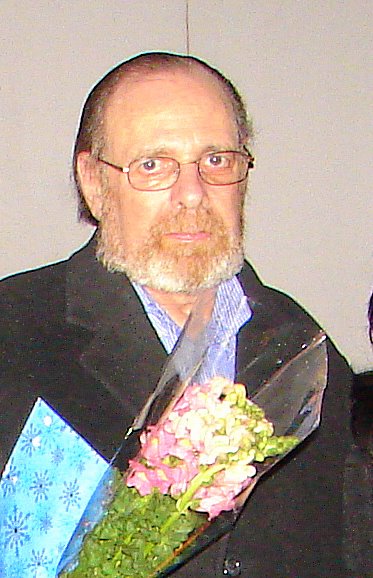The range of options includes cognitive behavioral therapy and brain stimulation techniques like ECT.
Last winter, confined to bed by intense sadness, exhaustion, and headaches, the University of Kansas student found herself considering suicide. Desperate after a years-long struggle with depression, she sought a treatment she had once viewed as extreme: electroconvulsive therapy. After a few sessions, "I literally went from almost unable to function—feeling suicidal—to a 180-degree change," she says.
The student, who still contends with depression, is one of the many people chronically in its grip who, disappointed by antidepressants, are finding some relief in therapies ranging from exercise to various forms of high-tech brain stimulation. Some 27 million Americans were taking an antidepressant in 2005, more than twice the number almost 10 years earlier, thanks largely to the arrival of Prozac and other effective antidepressants with fewer side effects. But a groundbreaking 2006 trial known as STAR*D revealed that about one third of people found total relief with their first drug, and around a third were not helped even after trying several drugs and combinations. ECT, which has been controversial since the days when it was performed without anesthesia and sometimes without proper consent, has evolved considerably in recent years; by inducing a seizure, it is thought to reset dysfunctional brain circuitry. It "is the most effective and rapidly acting treatment for severe depression," says Sarah Lisanby, a professor of clinical psychiatry at Columbia University Medical Center who is a leading brain stimulation researcher.
READ MORE @ U.S. NEWS & WORLD REPORT
Sunday, November 8, 2009
Subscribe to:
Comments (Atom)

